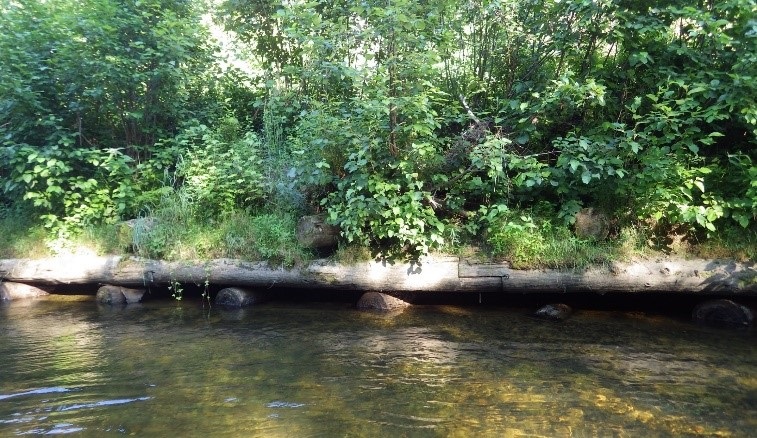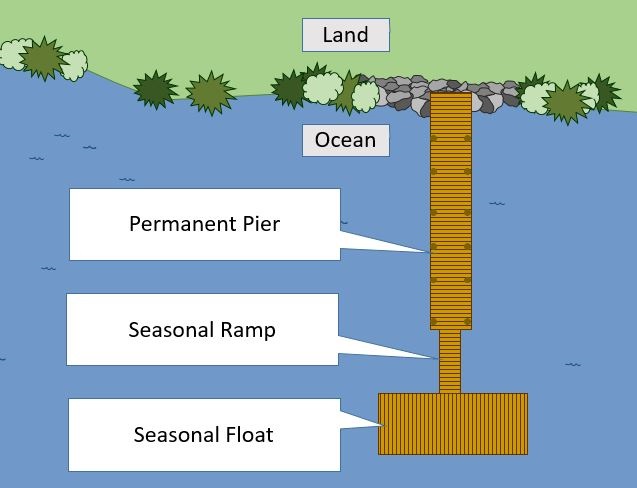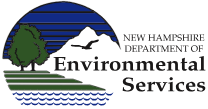Docking Structures and Shoreline Stabilization
Permitting and best practices for shoreline stabilization projects and docking structures.
Natural resources provide the foundation for many activities that drive our economy. Residents, businesses, and visitors enjoy New Hampshire’s lakes, streams, wetlands, and seacoast because of their natural beauty and recreational opportunities. Unregulated removal of shoreland vegetation, as well as fill, excavation, and construction in shorelands, can negatively impact water quality and the beauty of our landscapes.
Shoreline stabilization projects and docking structures are regulated under RSA 482-A and associated rules because they involve dredging, filling, or placing structures in tidal and fresh waters and associated banks.
Examples of regulated shoreline projects include:
- Installing docks, dock canopies, boathouses, jet ski lifts and breakwaters.
- Filling and excavating shorelines for stabilization using vegetation or hardscapes.
- Some types of docking structure repairs.
- Removal of materials from the waterbody.
These activities require a permit. Types of wetlands permits vary based on proposed impacts for stabilization and/or project size and location. Some proposed projects also require shoreland permits.
The Wetlands Frequently Asked Questions page answers applicants' most commonly asked questions about proposed projects, including about shoreline stabilization, docks, boat lifts, jet ski lifts and canopies. For other questions, please contact us at (603) 271-2147.
Wetlands Permitting: Avoidance and Minimization
Projects within banks and beds of waterbodies in New Hampshire must avoid and minimize impacts to aquatic resources, surface waters, and associated banks. The fact sheet below illustrates the critical roles avoidance and minimization play in wetlands permitting and healthy wetlands management.
Learn more about avoidance and minimization.
New Resources for Docks: Save Time and Money
In cities and towns across the Granite State, many dock owners are benefiting from a new voluntary registration process. Voluntary registration is an alternative to getting a permit for every repair or replacement of existing non-tidal permanent docking structures. In addition, it offers an easier way to prove compliance with certain state statutes and rules, whenever you buy or sell properties that include these structures. Last, it is easier and less expensive than other existing wetlands permit options.
Did you know?
Did you know?
Pending changes to rules regulating overwater structures and shoreline stabilization can be found on the Administrative Rules webpage. Proposed administrative rules changes
Permitting for Private, Non-Commercial Freshwater Docking Structures
All new docking structures, including seasonal and permanent docking structures, as well as all boat and jet-ski lifts, require wetlands permits. Repair and modification of docking structures can also require wetlands permits.

Shoreline Stabilization Projects in Non-Tidal Areas
Projects involving shoreline stabilization, including vegetative stabilization, bioengineering, rip-rap, and retaining walls, must meet specific requirements. For example, a retaining wall cannot be built for shoreline stabilization if stabilization can be achieved through the planting of vegetation.

Docking structures in tidal waters have unique requirements that inform their design. You must build them to accommodate the rise and fall of the tide. They also must be able to withstand wave energy and winter ice flow. The fact sheet in the link below gives an overview of some permits required for residential tidal docks.
This 7-minute video offers tips to consider for managing vegetation within the protected shoreland.
Permitting Resources
Rules and Statutes
Fact Sheets
Related Content
Need to repair a dock?
Voluntary dock registration provides a streamlined permit option to repair or replace existing non-tidal permanent docking structures. It also offers an easier way to prove compliance with state statutes when buying or selling a property that includes a seasonal docking structure.
Coastal Projects
Projects that might impact tidal wetlands or work within the 100-foot upland tidal buffer zone must consider resiliency in the face of future flood risks and sea level rise projections.
Protected Shoreland
As communities grow and landscape changes, the quality of our public waters depends on managing vegetation and development within the “protected shoreland.”




